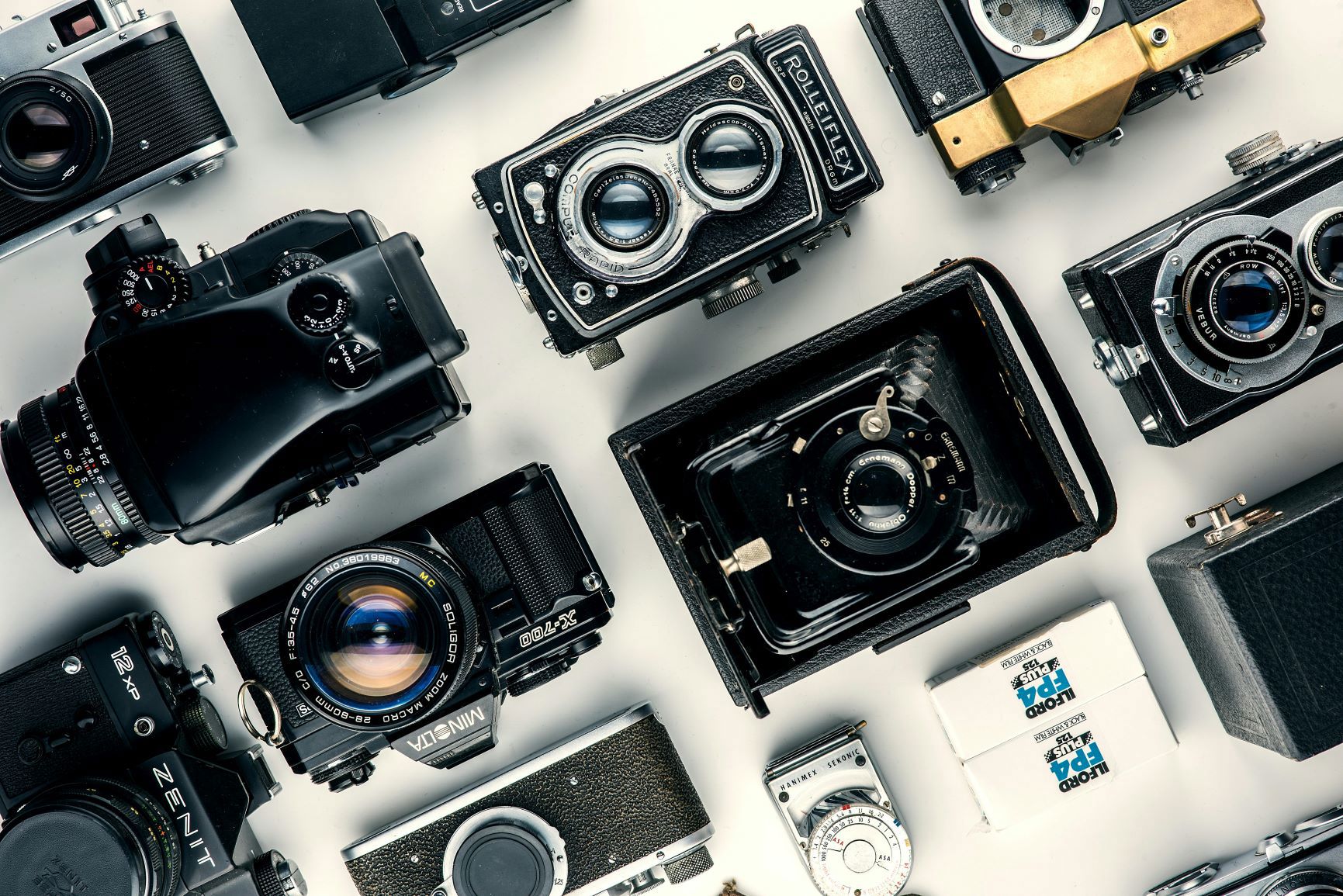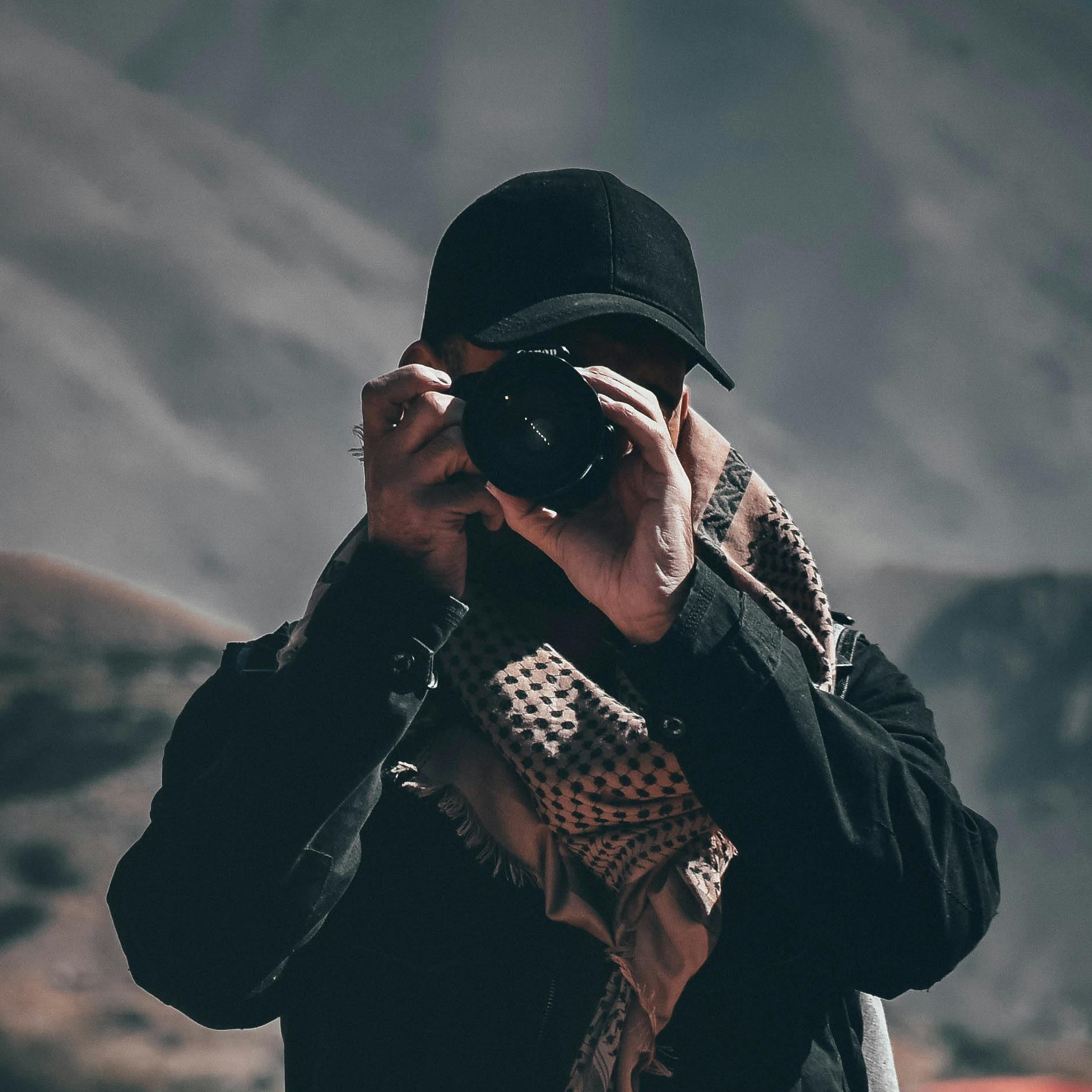Photography Terms Every Photographer Should Know

Photography is a craft full of technical details and unique terms that can sometimes be overwhelming, especially for beginners. Whether you’re just starting or you’ve been shooting for years, understanding photography terminology is essential for improving your skills and communicating effectively with clients and colleagues. In this blog, I’ll break down some of the most important terms every photographer should know.
1. Aperture
Aperture refers to the size of the opening in a lens that allows light to pass through to the camera's sensor. It's measured in f-stops (e.g., f/2.8, f/5.6, etc.). A larger aperture (smaller f-number) lets in more light, allowing for better performance in low light situations and creating a shallow depth of field (blurry background). A smaller aperture (larger f-number) gives you a deeper depth of field, keeping more of the scene in focus.
2. Shutter Speed
Shutter speed is the length of time the camera's shutter is open, exposing the sensor to light. It's typically measured in fractions of a second (e.g., 1/500, 1/60, 1/30). Faster shutter speeds (like 1/1000) freeze motion, which is ideal for action shots or sports photography. Slower shutter speeds (like 1/30) can create motion blur, which can be used creatively in long exposure photography or to convey movement.
3. ISO
ISO refers to the sensitivity of the camera’s sensor to light. A lower ISO (e.g., 100 or 200) results in less digital noise and is perfect for bright conditions. Higher ISO values (e.g., 1600 or 3200) are useful in low-light settings but may introduce more grain or noise into your images. It's important to balance ISO with aperture and shutter speed for optimal exposure.
4. White Balance
White balance is the process of adjusting the colors in your photos to ensure that they look natural under different lighting conditions. For example, photos taken under tungsten (yellow) light might look too warm, while those taken under fluorescent light could appear too cool. Setting the correct white balance ensures that the whites in your image are truly white, and all other colors appear as they should.
5. Depth of Field (DoF)
Depth of field refers to the amount of your image that appears sharp and in focus. A shallow depth of field creates a blurred background and is often used in portrait photography to isolate the subject. A deep depth of field, on the other hand, keeps most of the scene in focus and is ideal for landscape photography. Depth of field is influenced by the aperture, the focal length of the lens, and the distance to the subject.
6. Exposure Triangle
The exposure triangle is a concept that refers to the relationship between aperture, shutter speed, and ISO. These three elements work together to create a correctly exposed image. If one element is adjusted, the others may need to be adjusted as well to maintain proper exposure. Understanding how these settings interact is essential for capturing high-quality photographs.
7. Bokeh
Bokeh refers to the aesthetic quality of the out-of-focus areas in a photograph, usually found in the background. It’s a term that comes from the Japanese word for “blur” or “haze.” A well-executed bokeh effect can add a pleasing and artistic feel to portraits or macro photography, with blurred highlights in the background creating a soft, dreamy atmosphere.
8. Rule of Thirds
The rule of thirds is a fundamental composition technique used to create balanced and visually appealing images. It involves dividing an image into nine equal parts using two horizontal and two vertical lines. The idea is to place the main subject or points of interest along these lines or at their intersections, creating a more dynamic and engaging composition.
9. Histogram
A histogram is a graph that shows the distribution of light and dark tones in your image. It’s a helpful tool for assessing exposure. A well-exposed image typically has a balanced histogram, with most of the graph showing in the middle, and only small portions extending toward the shadows (left) or highlights (right). If the graph is skewed too much to one side, it could indicate overexposure or underexposure.
10. RAW vs. JPEG
When you take a photo, your camera stores the image in either a RAW or JPEG file format. RAW files contain all of the unprocessed data from the sensor, which gives you more flexibility in post-processing but results in larger file sizes. JPEG files are compressed and processed by the camera, making them smaller but less flexible when it comes to editing. If you're looking for maximum control over your images, shooting in RAW is often the best choice.
Conclusion
Whether you're just starting out or you're a seasoned pro, mastering these photography terms will help you better understand your craft and communicate with clients or collaborators. With practice, you’ll gain more confidence in your shooting and editing, and these terms will become second nature. Keep learning, keep experimenting, and most importantly, keep capturing the beauty of the world around you!

